Curious Questions: Did the Victorians pave the way for the first ULEZ cameras in the world?
Martin Fone takes a look at the history of London's coalgates, and finds that the idea of taxing things as they enter the City of London is centuries old.

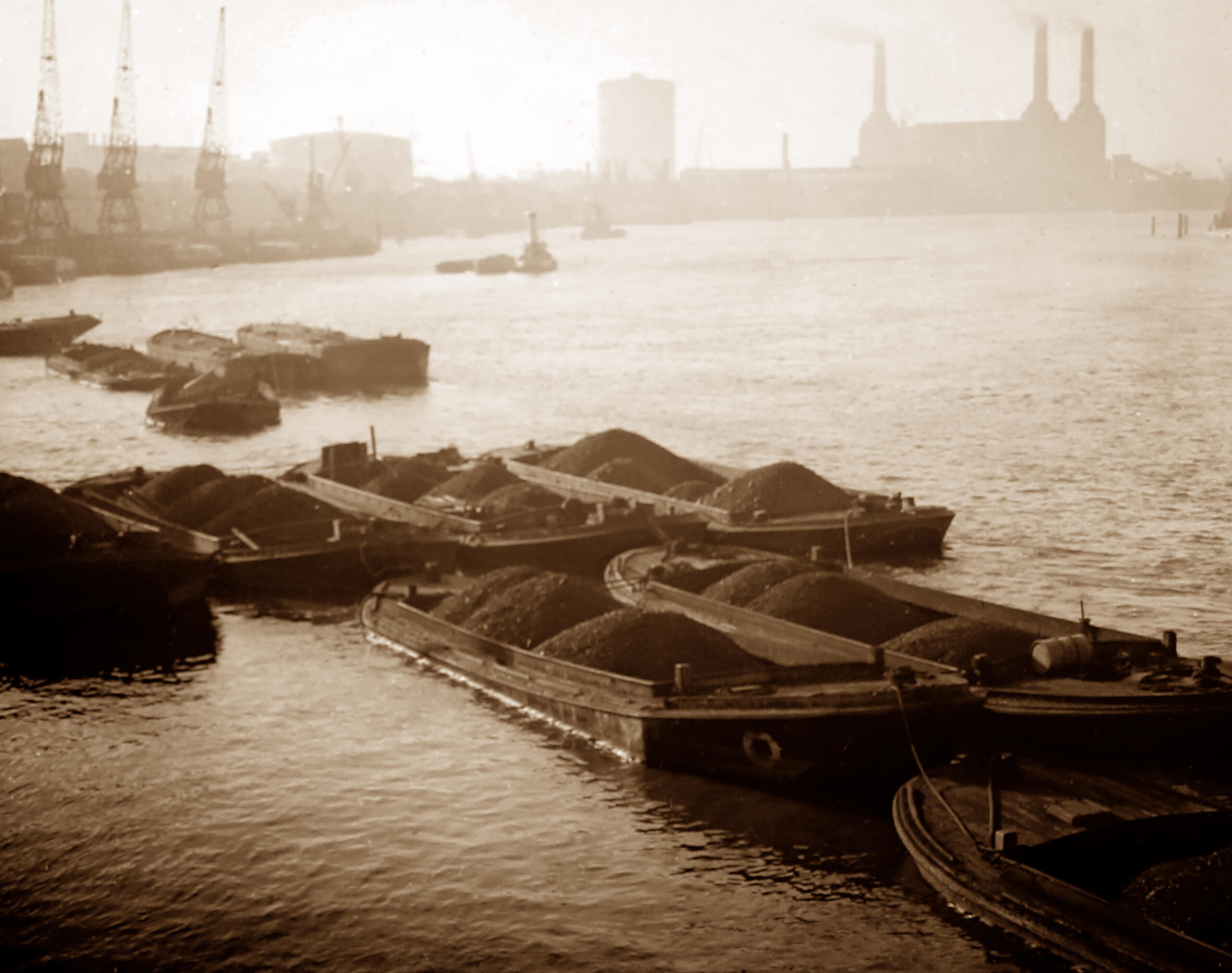
Taxes, even those which have long been abolished, still make their mark on the British landscape, whether it be tax mitigation measures such as blocking windows or building crinkle-crankle walls or a warning of a fiscal obligation.
With debts totalling £240,000 after the Great Fire, the Corporation of London was authorised under the First Rebuilding Act of 1667 to levy one shilling a chaldron, roughly 25 hundredweight, on all coal brought into the Port of London between Yantlet Creek in Kent and Staines in Middlesex. The monies were to be used restore and widen streets and rebuild some buildings, as well as erecting a ‘Remembrance’ of the fire: The Monument.
A second Act, passed in 1670, increased the duty to three shillings, to fund the rebuilding of the structures of fifty-one of the 86 churches destroyed in the fire and some city properties such as Guildhall, the City’s markets, and Newgate Prison. During the next couple of centuries the tax on coal continued to be levied, the rates varying from time to time, the monies raised used to further improve London, including building Blackfriars Bridge, and, appropriately, a new Coal Exchange, opened in 1849.
When the original Acts were passed, coal was only brought to London by sea. Known as ‘seacoal’, duties were paid at the Port of London before the ships were unloaded. However, the emergence of new transport networks, initially canals and then railways, offered different routes into the metropolis, requiring a rethink on the way coal duties were collected.
The initial response was prohibition. When the Grand Junction Canal was opened, its existence bitterly opposed by the east coast shipping companies, barges were precluded from carrying coal any further than Langleybury in Hertfordshire. However, by 1805 the restriction was eased with up to 50,000 tons of coal, culm, or cinders per annum allowed into London, subject to the payment of the appropriate coal duties.
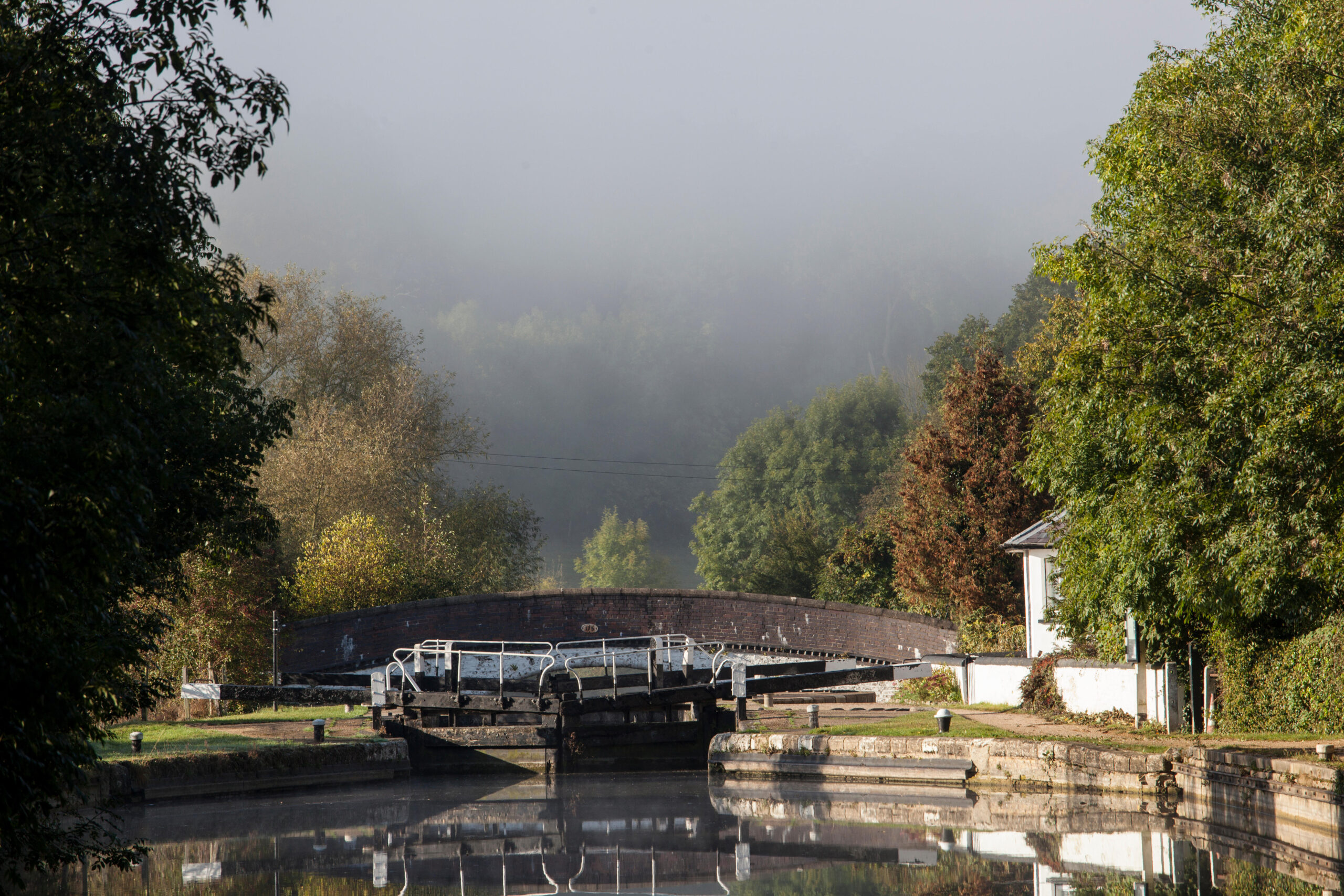
A boundary mark was erected on the tow path at the north-east point of Grove Park in Watford with officials stationed there to collect the duties and record the tonnage. A similar arrangement was put in place west of Staines bridge on the Thames for coal transported from the west.
As for the railways, the London and Birmingham Railway Act (1845) required a stone obelisk bearing the City’s coat of arms in cast-iron to be erected at the southern entrance to the Cashio Tunnel north of Watford Junction station to mark the spot where coal duties became due.
Exquisite houses, the beauty of Nature, and how to get the most from your life, straight to your inbox.
A similar obelisk, on the east bank of the River Colne near West Drayton station, was erected by the Great Western Railway. The railway companies were responsible for paying the duties on coal brought beyond these points to the Clerk of the Coal Market, the quid pro quo being that they were allowed 500 tons of duty free coal a year to fuel their locomotives in the London area.
With more routes available into London, in 1845 the coal tax zone was formalized as a twenty-mile ring with the General Post Office in St Martin’s Le Grand at its centre, stretching from Langley in the west to Gravesend in the east, and from Ware in the north to Redhill in the south. About fifty markers, bearing references to the Act, were installed around the circumference of the area in 1851.
In 1861 the area was altered to coincide with that of the Metropolitan Police District and the City of London, running from Colnbrook in the west to Crayford Ness, at the mouth of the River Darent, in the east, and from Wormley in Hertfordshire in the north to Banstead Heath in Surrey in the south. As the enabling bill was passing through Parliament, the City Architect ordered fifty new markers to be commissioned but as the Act’s number was uncertain, they were just inscribed with the sovereign’s regnal year, 24 VICT, and dated 1861.
Once the law was enacted, subsequent plates were inscribed with the regnal year and the specific chapter of the Act, viz 24 & 25 VICT, CAP 42. It is thought around 280 markers were positioned around the boundary, strategically positioned along the major transport routes to maximise their visibility, becoming, rather like ULEZ cameras, a physical and legal reminder of the points at which coal tax became payable.
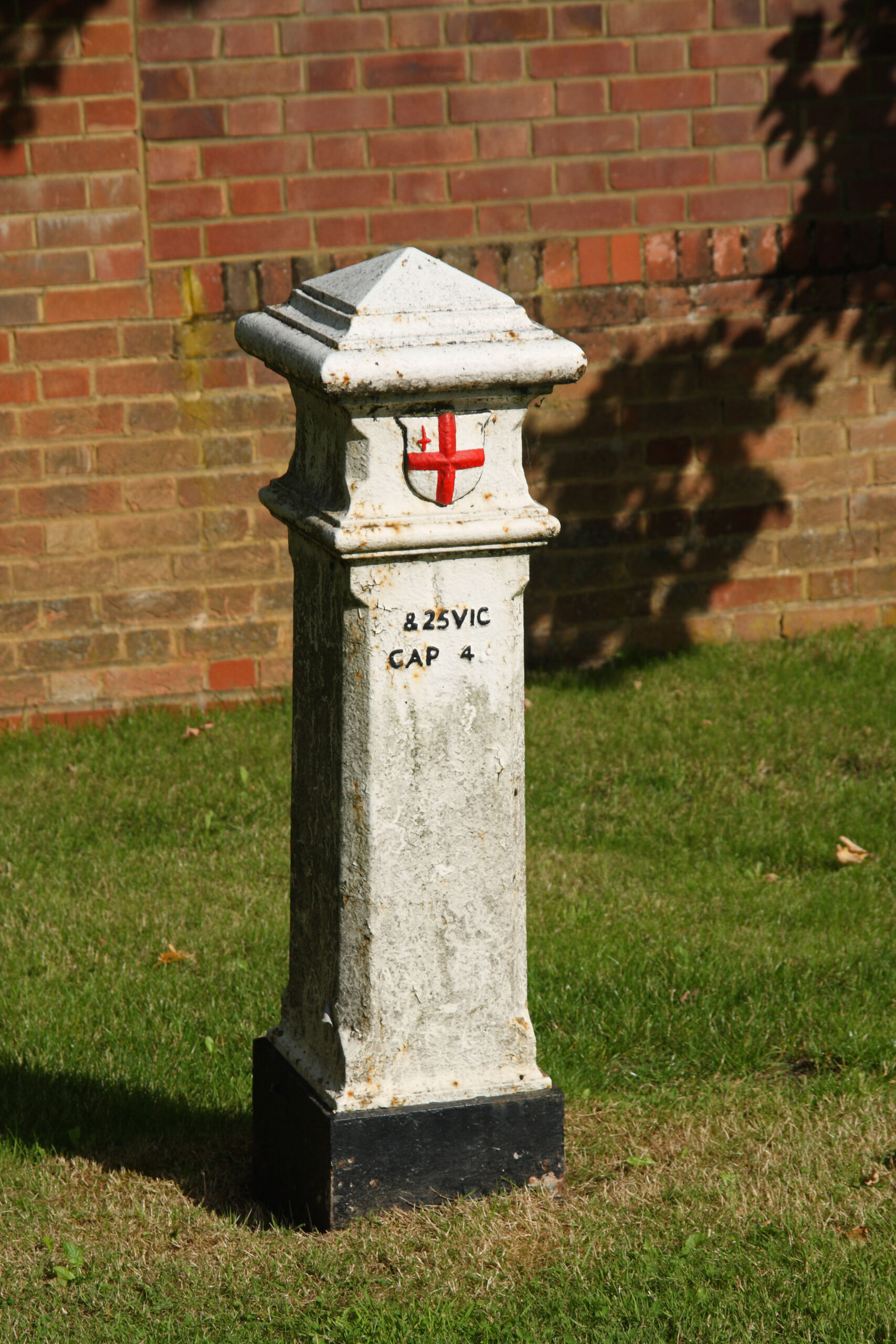
In all there were five types of coal posts. Granite obelisks standing about 4 feet tall were generally erected alongside canals and navigable rivers. The most common were positioned at the side of roads or paths, made from cast iron, again about four feet tall, painted white with a plate containing the shield of the City of London coat of arms in red. These were cast by Henry Grissell at his Regents canal iron works. Occasionally, the boundary was just marked by a nine inch-square plate built into parapets of bridges. Along railway tracks the coal posts were larger, initially stone or cast-iron obelisks about fifteen feet tall until 1865 when six-foot tall cast-iron obelisks became the norm.
However, with the exception of the Grand Junction canal, where a permanent residence for the collector was erected at Stockers Lock near Rickmansworth and the Queens Head public house in Colney Heath where ‘a canted front bay was used for the collection of coal tax’, duties were not paid at the boundary posts. Instead railway and canal companies and coal merchants would calculate the amount due and submit the fees directly to the Corporation of London.
Although cast iron was chosen for its robustness and durability, coal posts were occasionally damaged and the polluted air quickly discoloured the white paint. James Browton, a builder and general contractor from Watford, was contracted to repair and repaint all the coal posts from 1863 until his death in 1870 when the contract passed to Dudley Browton. An 1887 tender from James Dudley Browton contracting to clean, repair, and paint once in oil paint and number consecutively 257 boundary marks for a year for £185 suggests that coal post maintenance was very much a Browton family affair.
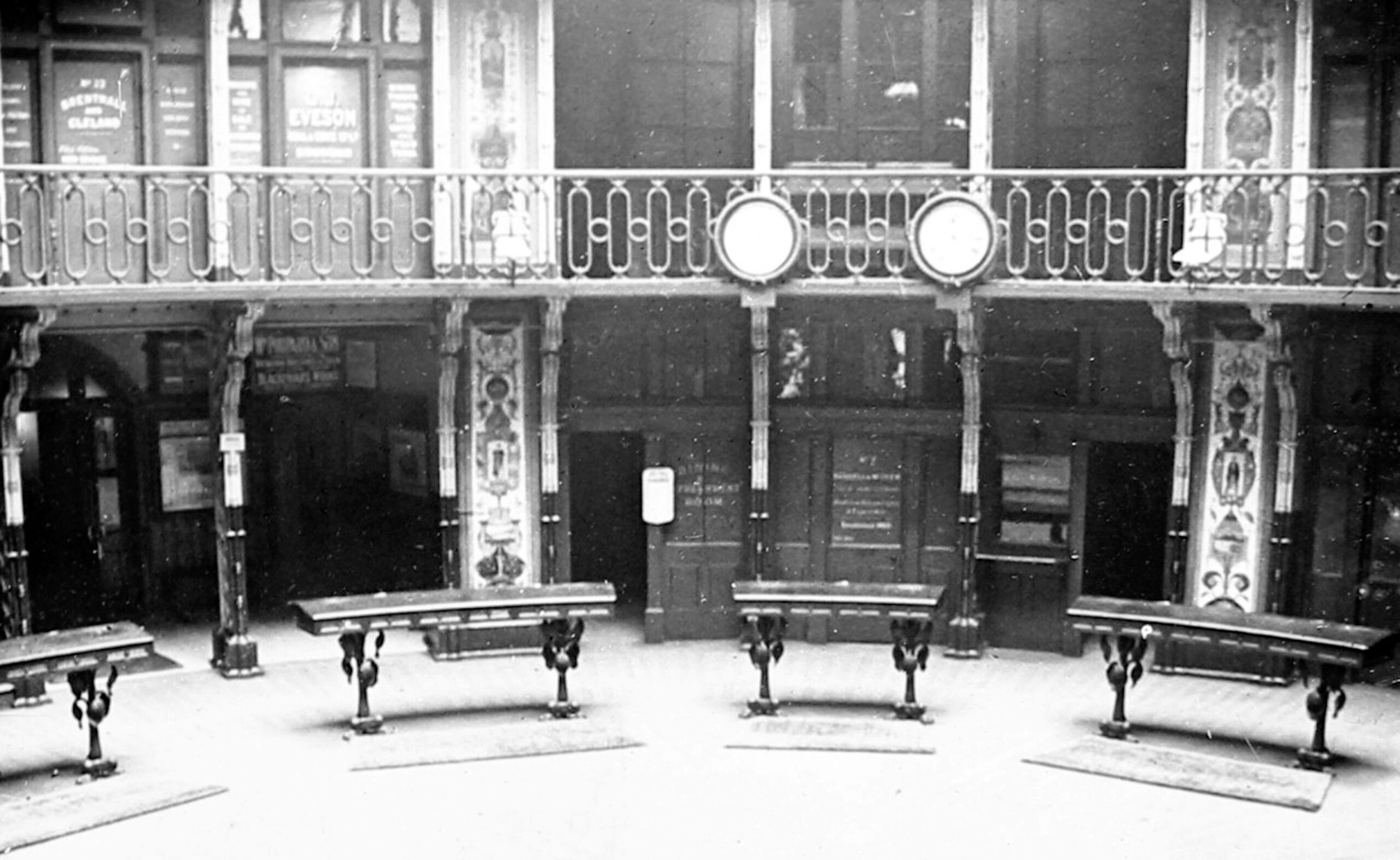
The monies raised continued to be used for very specific purposes such as the construction of a unified sewerage system for London and the Thames embankments. Other major landmarks such as Cannon Street and Holborn Viaduct were financed from the City of London’s share of the duties. In the 1870s the funds were used to eliminate toll charges on bridges over the Thames at Kew, Kingston upon Thames, Hampton Court, Walton upon Thames, and Staines and across the Lea at Chingford and Tottenham Mills.
The days of the coal duty, though, were numbered. There was growing political and public disquiet that the tax, whose costs were inevitably passed on to the consumer, had a disproportionate effect on the cost of living of the poor and that it was being used for the aggrandizement of the centre of the metropolis at the expense of its growing suburbs. Coal was no longer king as new forms of fuel such as gas and oil were increasingly being used and the creation of the London County Council in 1889 and, later, the Greater London Council led to changes in the way that infrastructure projects were funded, eliminating the need for specific taxes like the coal tax.
Coal duties were formally abolished initially within the City of London in 1890 and by 1901 across the whole of the London area. According to a fascinating website created in 2011, there are 211 coal posts extant, Elmbridge being a particular hot spot with twenty-three that are publicly accessible, most of which are Grade II listed. Redundant within four decades of their erection, they are a visible reminder of a tax long since gone.
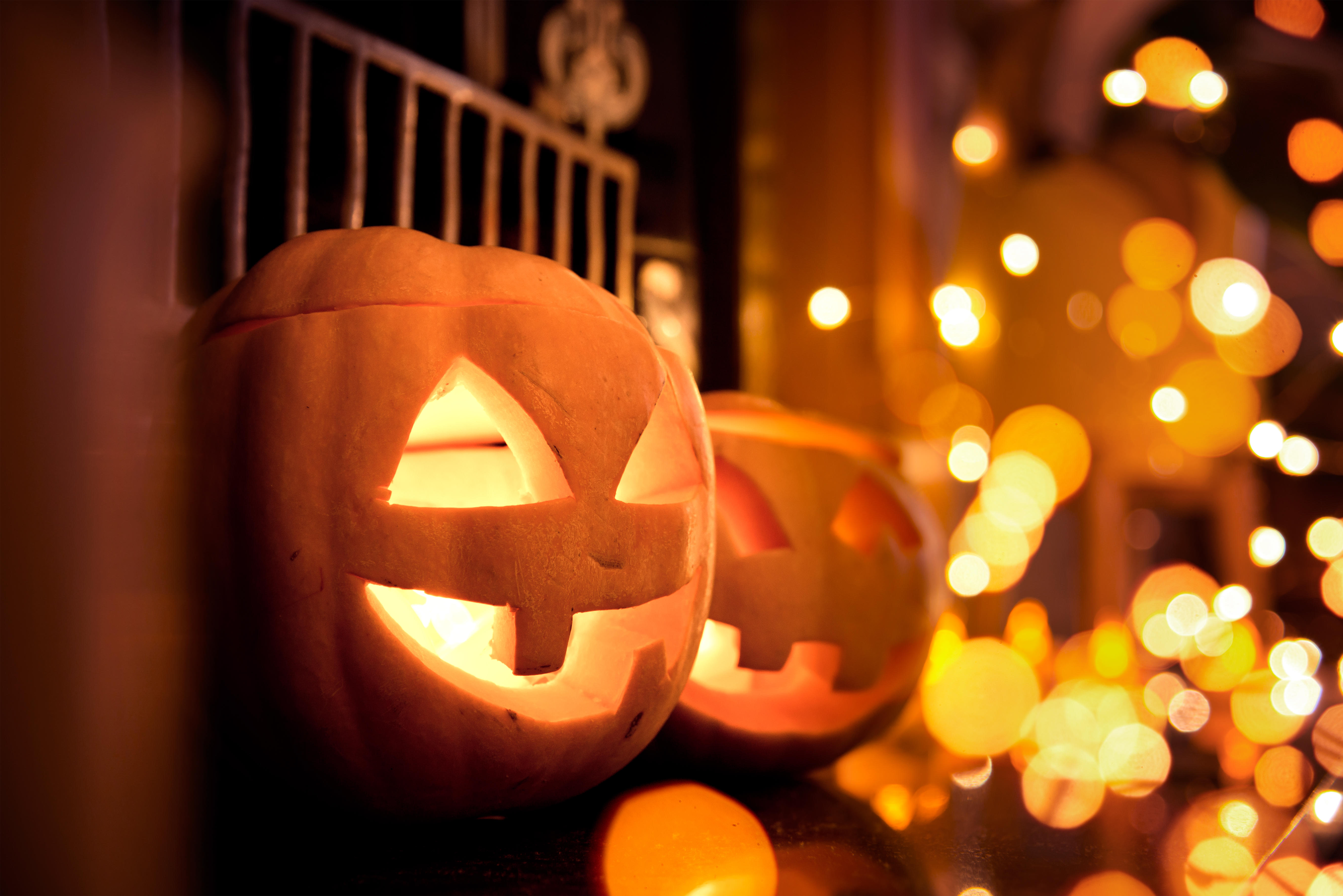
Curious Questions: Why do we carve pumpkins at Halloween?
The devilishly smiling image of Jack O'Lantern is inseparable from Halloween, but what's the story behind it? Martin Fone explains
After graduating in Classics from Trinity College Cambridge and a 38 year career in the financial services sector in the City of London, Martin Fone started blogging and writing on a freelance basis as he slipped into retirement. He has developed a fearless passion for investigating the quirks and oddities of life and discovering the answers to questions most of us never even think to ask. A voracious reader, a keen but distinctly amateur gardener, and a gin enthusiast, Martin lives with his wife in Surrey. He has written five books, the latest of which is More Curious Questions.
